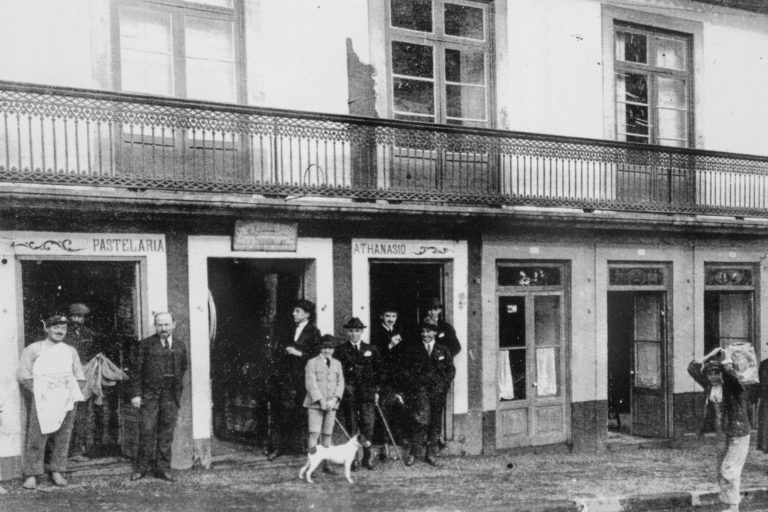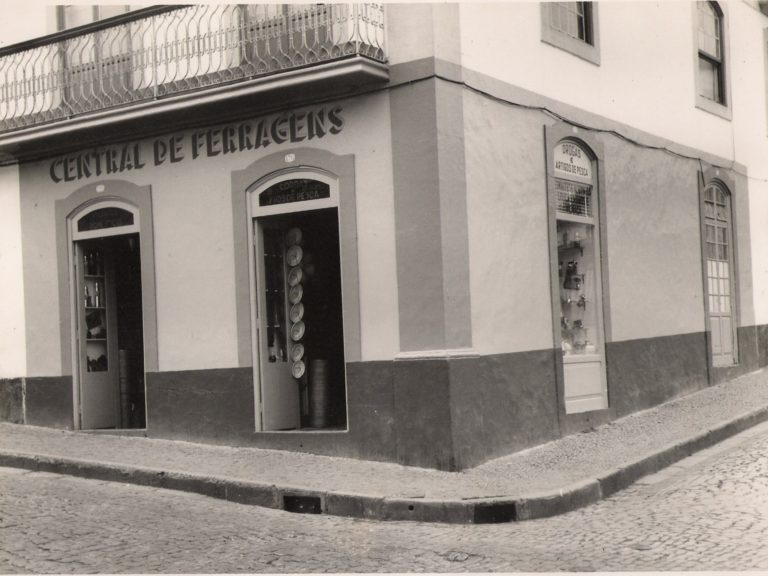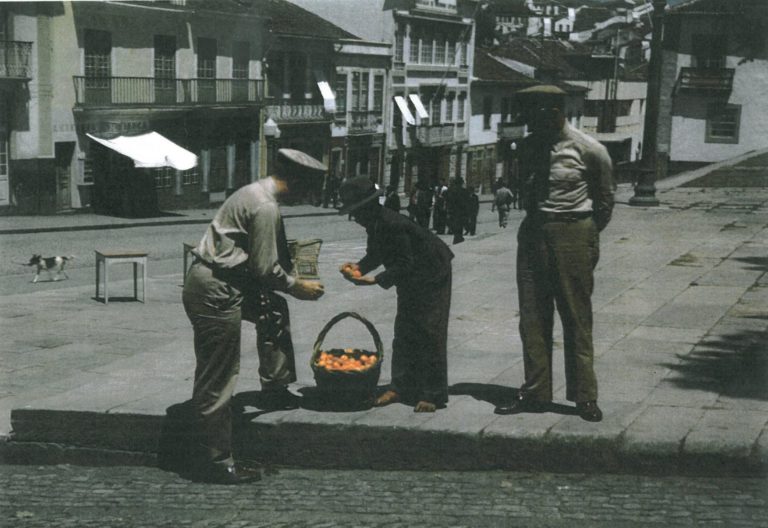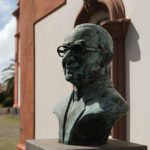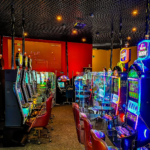Since the 16th century, Terceira has been an Atlantic center for the confluence of trade routes, that is why at the port of Angra arrived ships not only from distant places, but also from nearby islands.
Animated by many workshops of blacksmiths, locksmiths, carpenters, shoemakers and bricklayers, Gaspar Frutuoso praised the city of that time because in it “all the necessary things are in abundance, they are sold through the doors, and they are selling all over the city, much like in Lisbon , except wine and olive oil, which are only sold in taverns, and meat in butchers, with what it looks like, and is, a small Lisbon”.


